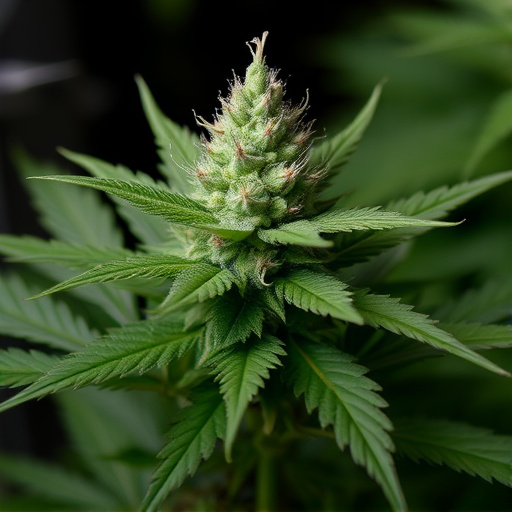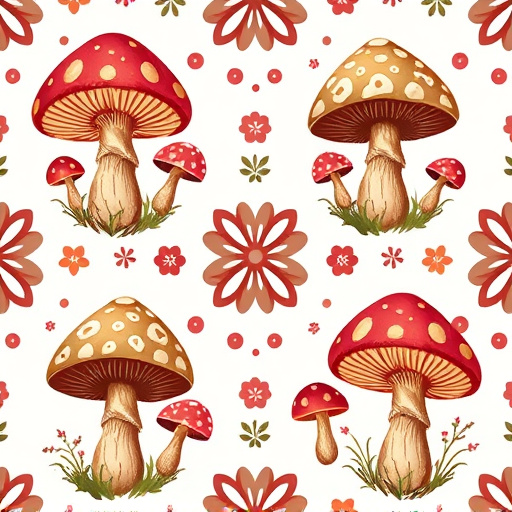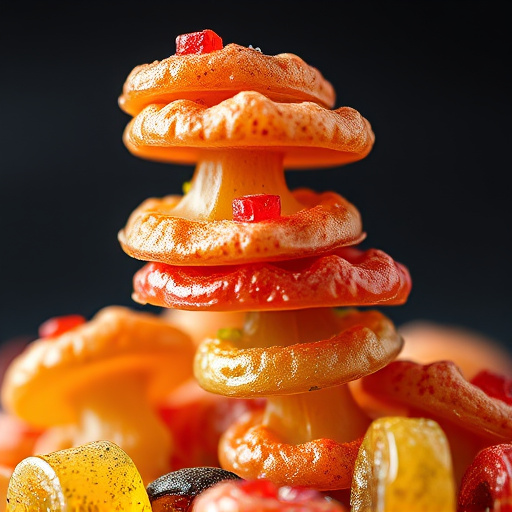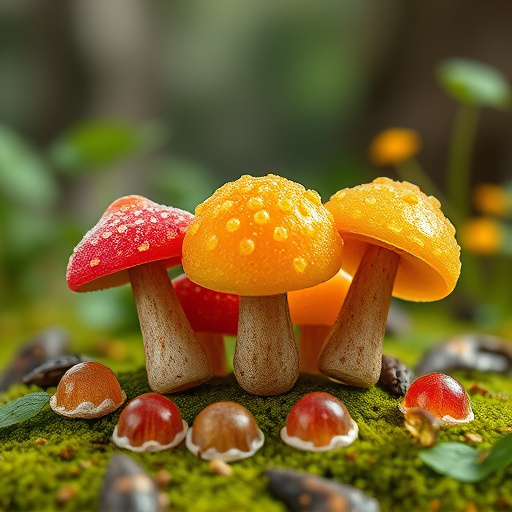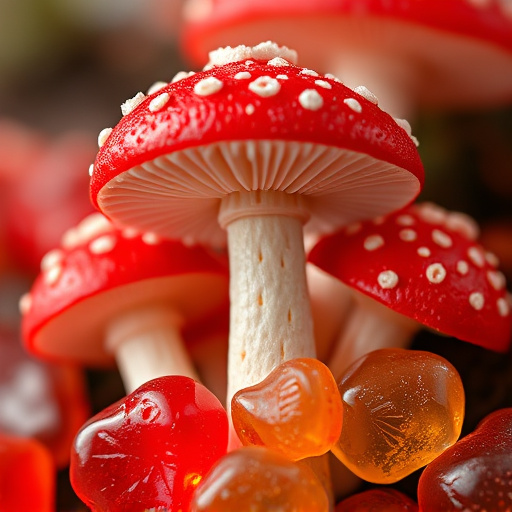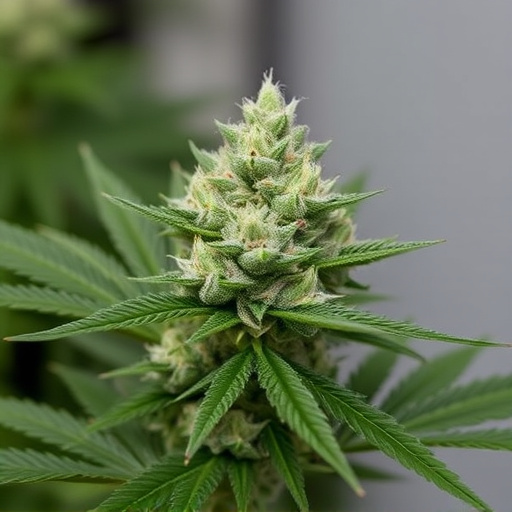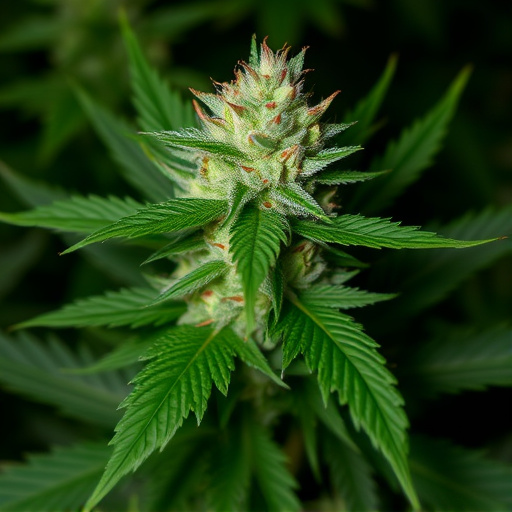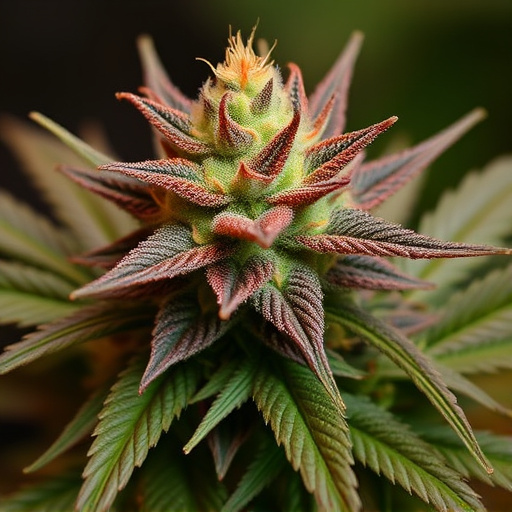In 2016, discussions around the top ten cannabis strains and their trichome profiles gained popularity. Trichomes, microscopic glandular hairs on cannabis plants, determine potency and quality by concentrating cannabinoids (like THC and CBD) and terpenes. High-potency strains like "Blue Dream" and "Super Silver Haze" showcased the importance of trichome density and terpene profiles for therapeutic potential. Strains with robust trichome development, indicated by sticky, resinous flowers, offer more intense effects and enhanced user experiences.
“Unveiling the secrets behind cannabis potency, this article delves into the often-overlooked heroes of the plant: trichomes. These microscopic structures are not just key indicators of cannabis quality but also play a pivotal role in defining the user experience. We explore why trichomes matter, especially when considering the top ten cannabis strains of 2016, each with unique trichome profiles contributing to their distinct potencies and appeal. Get ready to discover the unseen forces shaping your cannabis journey.”
- Understanding Trichomes: The Microscopic Powerhouses of Cannabis
- Top Ten Cannabis Strains of 2016 and Their Trichome Profiles
- How Trichomes Impact Potency and User Experience
Understanding Trichomes: The Microscopic Powerhouses of Cannabis
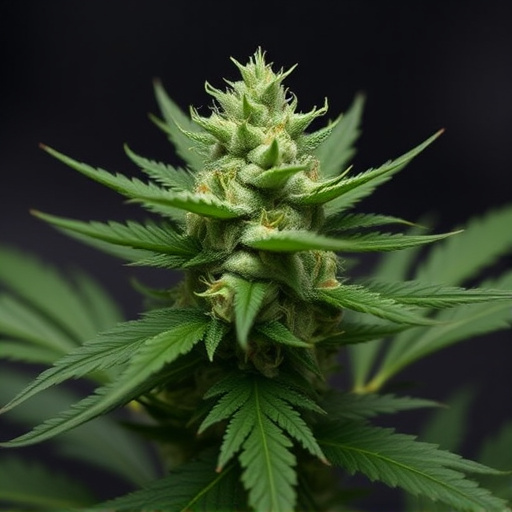
Trichomes, those tiny, hair-like structures that cover the surface of cannabis plants, are often overlooked but play a pivotal role in determining the potency and quality of the final product. In 2016, when rankings of the top ten cannabis strains were being discussed, understanding trichomes was key to appreciating why certain varieties stood out. These microscopic powerhouses are responsible for producing a range of cannabinoids, including THC and CBD, which are what give cannabis its distinctive effects and therapeutic properties.
Not all trichomes are created equal, however. Their size, shape, and density can vary, affecting the concentration of active compounds they contain. In the competitive landscape of premium cannabis products, understanding and recognizing these differences is crucial. Trichome analysis has become an essential tool for growers and connoisseurs alike, allowing them to unlock the full potential of each strain and deliver exceptional experiences in accordance with the evolving demands of discerning consumers.
Top Ten Cannabis Strains of 2016 and Their Trichome Profiles

In 2016, the cannabis world was abuzz with discussions around the top ten cannabis strains and their unique trichome profiles. Trichomes, small glandular hairs that cover the plant’s surface, are a key indicator of potency and quality. Strains like “Blue Dream,” known for its potent THC levels and aromatic flavor, showcased the importance of trichome density and maturity. Another notable strain, “Amur Blue,” stood out with its rich terpene profile and dense, sticky trichomes, offering a prime example of how detailed analysis of these structures can enhance our understanding of cannabis’ therapeutic potential.
The top ten cannabis strains of that year also featured varieties like “Super Silver Haze,” renowned for its high THC content and vibrant trichome appearance, and “Granddaddy Purple,” celebrated for its deep purple hue and abundant, resinous trichomes. These examples demonstrate that a strain’s trichome profile is not only visually striking but also directly correlated with its potency, making it an essential aspect to consider in the pursuit of optimal cannabis experiences.
How Trichomes Impact Potency and User Experience
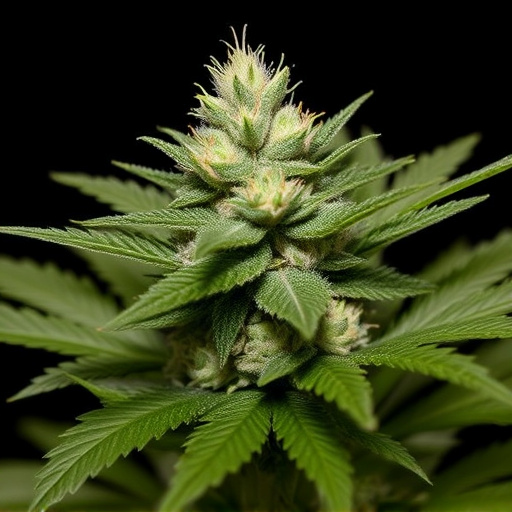
Trichomes, those tiny hair-like structures that blanket the surface of cannabis flowers, play a significant role in determining potency and shaping the user experience. They are rich in cannabinoids and terpenes, the chemical compounds responsible for cannabis’s unique effects and aromas. The density and size of trichomes directly impact the concentration of these compounds, which, in turn, influences the strain’s potency.
In the 2016 Top Ten Cannabis Strains list, many high-potency varieties stood out precisely because of their robust trichome development. These strains often boasted sticky, resinous flowers packed with trichomes, indicating a higher concentration of cannabinoids like THC and CBD. Such trichome density can lead to more intense effects, heightened sensory experiences, and a deeper connection with the plant—all factors that contribute to an enhanced user experience.
In conclusion, trichomes play a pivotal role in determining the potency and overall user experience of cannabis. By understanding their structure and function, as highlighted in our exploration of the top ten cannabis strains of 2016, growers and consumers can better appreciate the intricate relationship between these microscopic powerhouses and the plants’ therapeutic potential. The impact of trichomes extends far beyond appearance, influencing the potency, flavor, and effects experienced by users, making them an indispensable aspect to consider in the world of cannabis.
